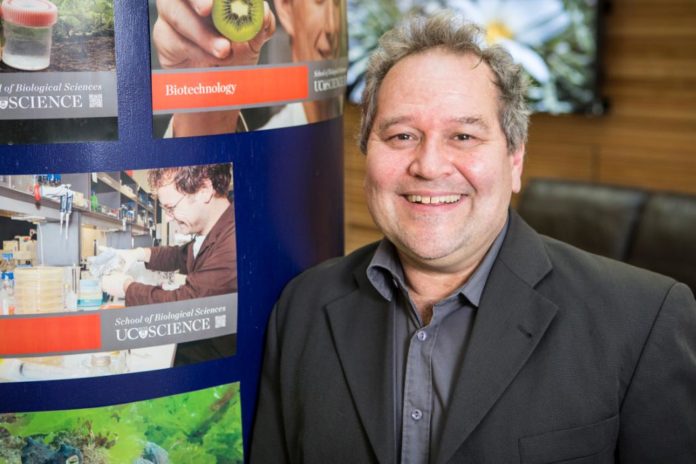Another examination finds that bacteria create antibiotic resistance up to 100,000 times quicker when presented to the world’s most broadly utilized herbicides, Roundup (glyphosate) and Kamba (dicamba) and anti-infection agents contrasted with without the herbicide.
This examination adds to a developing group of proof that herbicides utilized on a mass industrial scale, yet not expected to be antibiotics, can have profound affect bacteria, with conceivably negative ramifications for medicine’s capacity to treat irresistible ailments caused by bacteria.
University of Canterbury scientist Professor Jack Heinemann said, “The combination of chemicals to which bacteria are exposed in the modern environment should be addressed alongside antibiotic use if we are to preserve antibiotics in the long-term.”
“An important finding of the new study was that even in cases where the herbicides increase the toxicity of antibiotics they also significantly increased the rate of antibiotic resistance. It could be contributing to the greater use of antibiotics in both agriculture and medicine.”
Already these scientists found that presentation to the herbicide items Roundup, Kamba and 2,4-D or the dynamic fixings alone regularly expanded obstruction, yet once in a while expanded helplessness of potential human pathogens, for example, Salmonella enterica and Escherichia coli relying upon the anti-infection.
Professor Heinemann said, “We are inclined to think that when a drug or other chemical makes antibiotics more potent, that should be a good thing. But it also makes the antibiotic more effective at promoting resistance when the antibiotic is at lower concentrations, as we more often find in the environment.”
“Such combinations can be like trying to put out the raging fire of antibiotic resistance with gasoline.”
The study is published in the journal PeerJ.
